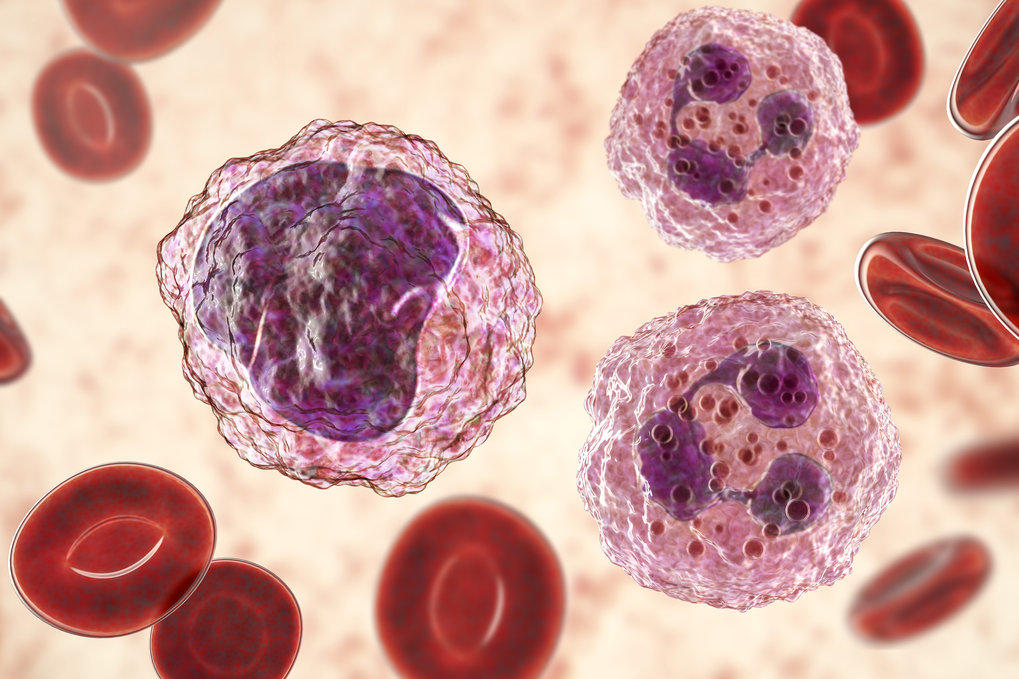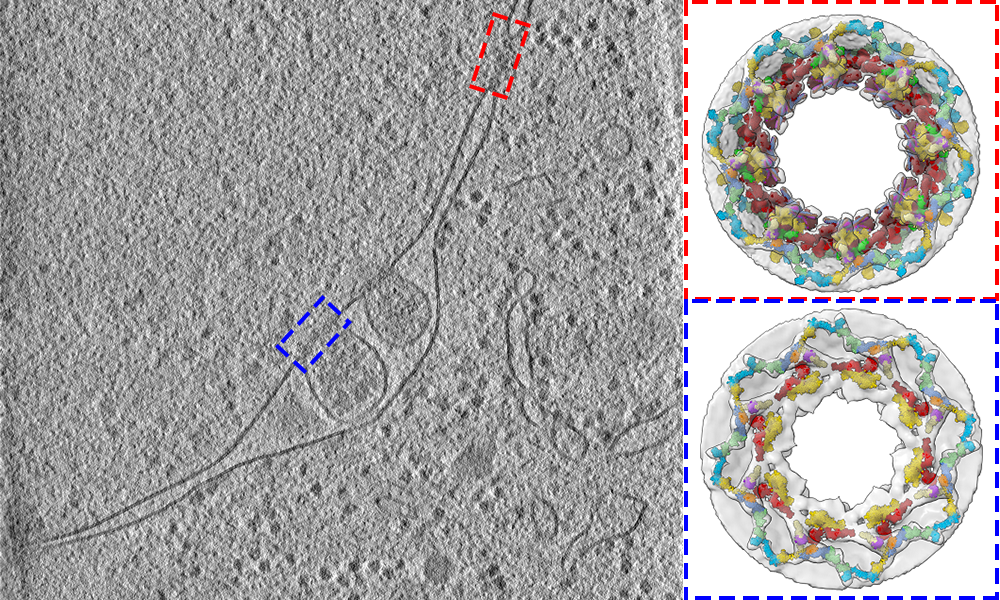
Yunmin Wu is interested in how we perceive motion. Inspired by a cat video, she came up with the elegant idea to elicit the waterfall illusion in tiny zebrafish larvae. Thereby, the PhD graduate in Fumi Kubo’s1 group from the department of Herwig Baier gained surprising insights into the neuronal mechanism of seeing motion.
Can you elaborate on your topic of research and why you work with the model organism zebrafish?
Inside the brain, there are many neurons that process motion and its direction. As these neurons are quite abundant, I am interested to find out if all of them are required to recognize motion. For this, larval zebrafish is an amazing animal model – it is small, transparent, and demonstrates so many complex behaviors that we humans also display.
How did you come up with the idea of an optical illusion as a tool to study motion processing?
I was inspired by a video, in which a cat was trying to capture an illusory moving snake. I asked myself if an illusion that affects us humans might also apply to zebrafish. If that is the case, I can then look into the brain and see which neurons are involved. With the help of my supervisor Fumi, I chose the motion aftereffect eventually among many other cool illusions.





